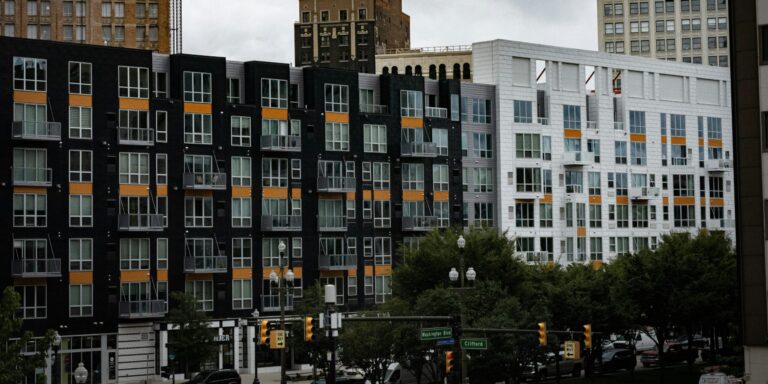As rent prices continue to rise across the United States, a growing number of renters are feeling the strain, particularly in major urban centers where migration trends and a limited housing supply are intensifying the pressure. According to recent data from the U.S. Census Bureau and real estate analytics firms, cities such as New York, Los Angeles, and San Francisco have experienced rent hikes of 7-9% compared to last year. Smaller metropolitan areas like Austin and Phoenix are also witnessing similar spikes, reflecting a broader national trend of rising housing costs.
This surge in rental prices is part of a broader shift in housing dynamics that has been exacerbated by post-pandemic migration patterns. As people increasingly move into urban areas in search of job opportunities, proximity to amenities, or a return to a more bustling lifestyle, demand for rental properties has soared. However, the supply of new housing has not kept pace, contributing to the growing affordability crisis for renters.
The national average rent for a one-bedroom apartment has surpassed $1,600 per month, marking a significant increase from previous years. In high-demand cities, this average climbs even higher, with some locations seeing rents exceeding $3,000 for a similar unit. This sharp rise is pushing many tenants to reevaluate their living situations, prompting some to move out of city centers in search of cheaper options in suburban or less densely populated areas.
Urban migration trends have shifted dramatically in recent years, influenced by the pandemic’s effects on work and living arrangements. Many professionals, no longer tethered to office spaces, have sought more affordable housing in regions where rent prices are more manageable. As a result, smaller cities and suburban areas are experiencing increased demand for housing, further amplifying price increases.
In response to these rising costs, some cities have introduced rent control measures to help stabilize the market. For instance, rent control policies in cities like New York and San Francisco have provided some relief to tenants, though the effectiveness of these measures remains a topic of debate. Rent control can help protect tenants from drastic price increases, but it may also discourage landlords from investing in new properties or maintaining existing ones, ultimately reducing available housing in the long run.
Simultaneously, some local governments are prioritizing the construction of new rental properties to alleviate the growing demand. In cities like Los Angeles and Austin, efforts to boost affordable housing development are underway, with zoning changes and incentives for builders aimed at increasing the housing supply. Despite these initiatives, experts remain concerned that the pace of construction may not be fast enough to counterbalance the demand, especially as population growth and migration trends continue to drive housing needs.
This combination of factors—rising rent prices, a shortage of new housing, and shifting migration patterns—has left renters facing tough decisions about where to live. For many, the dream of urban living is becoming increasingly out of reach. Landlords, too, are feeling the effects, with a higher rate of tenant turnover as renters seek more affordable options elsewhere. In some markets, rental properties that were once considered highly desirable are seeing longer vacancy periods as tenants look for more budget-friendly alternatives.
Economists and housing experts warn that these trends are likely to persist well into 2025. The ongoing effects of inflation, combined with supply chain disruptions that have affected construction materials and labor, are expected to keep rental prices elevated. Additionally, while efforts to build more housing may eventually stabilize the market, the current housing shortage is likely to remain a significant challenge for both renters and landlords.
The issue of rising rent prices is not just a matter of affordability for individual tenants; it has broader implications for the economy. High rent costs can limit consumer spending power, making it harder for households to invest in other areas of the economy, such as healthcare, education, and retail. As rental prices climb, more families may be forced to make difficult trade-offs, further widening the gap between income and housing costs.
In conclusion, the rise in rent prices across the United States is creating significant challenges for renters, particularly in major urban areas. While some cities are implementing rent control measures and pushing for more construction to meet demand, the supply of affordable housing is still far behind the demand. With migration trends continuing to influence housing patterns, it’s clear that the rental market will remain a critical issue as we move into the second half of 2025 and beyond.
